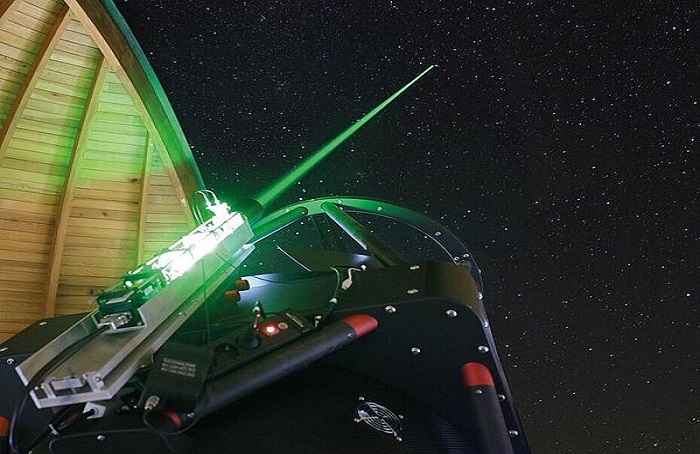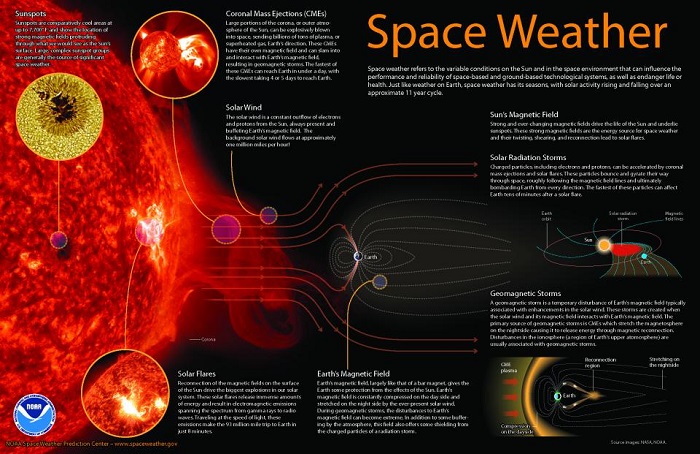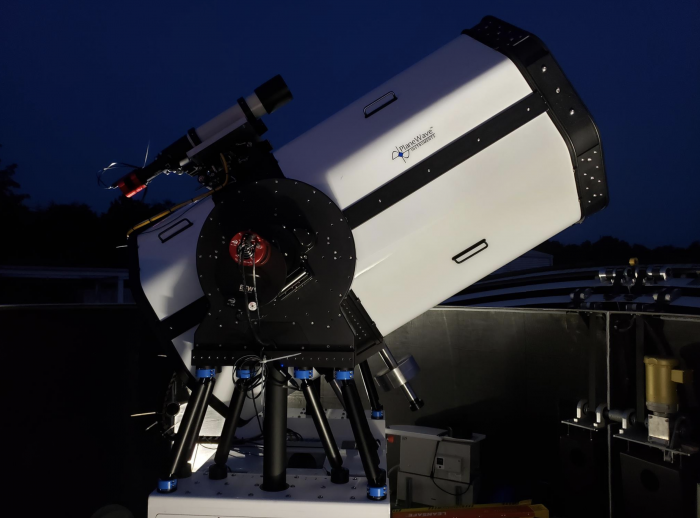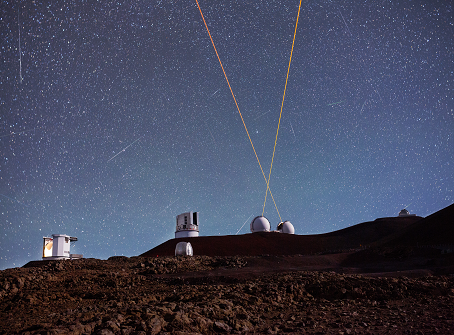Laser communication is considered the future of communications and both New Space Era entities and satellite constellation operators will benefit from it.
Contrast to traditional radio-band emissions, the fast approaching technology of the laser communications will allow a faster communication speed, a definitely increased efficiency of the links, with less required power per transmitted bit, a more secured transmission of digital data and contents.
Laser communication is rapidly becoming the technology capable of interconnecting satellites, aircrafts and drones. While on the ground, it is one of the very few options to interconnect every place on Earth with high data throughput based applications. Now laser communication along with quantum optical communications, is rapidly evolving, thanks to the large investments made by telecommunications operators worldwide.
Metaspace develops and provides optimal systems for satellite ground-stations and their control systems.




